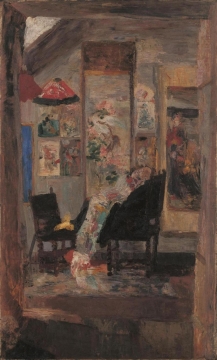Type:
Painting
Material / technique:
Oil on canvas
Dimensions:
100 x 60 cms
Type of acquisition:
Acquired by the Heritage Fund
Year of acquisition:
1995
Depository institution:
Museum voor Schone Kunsten, Ghent
